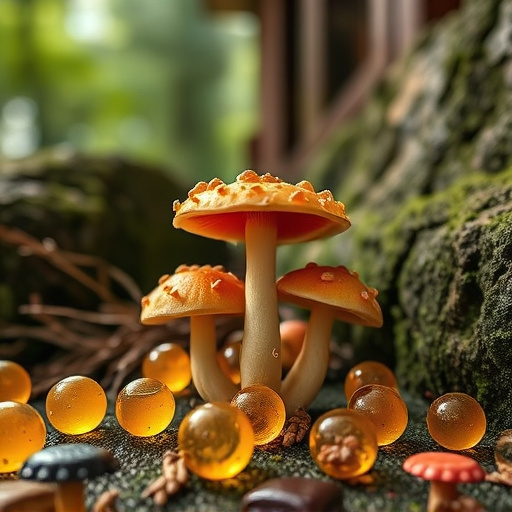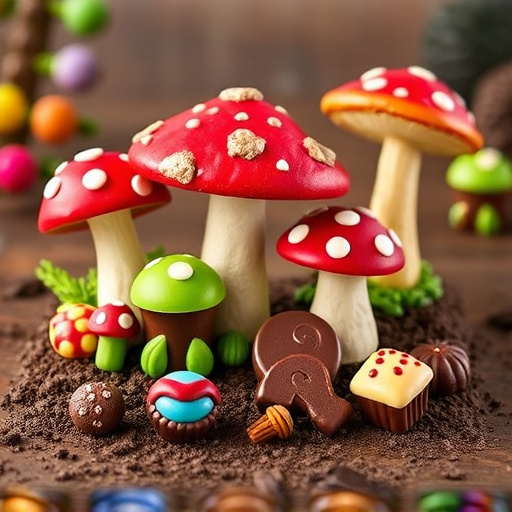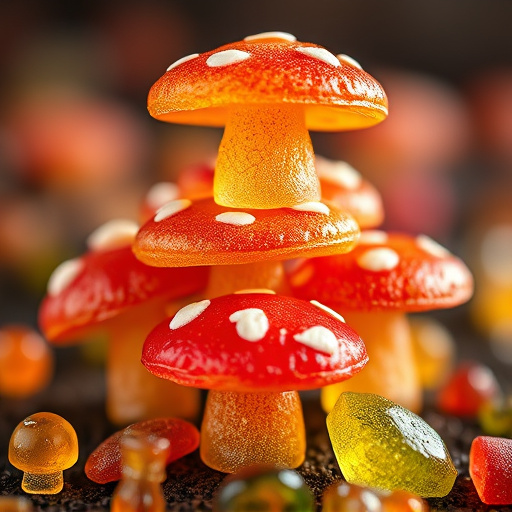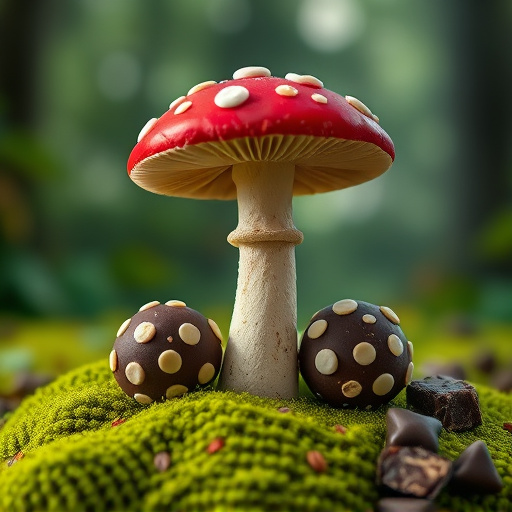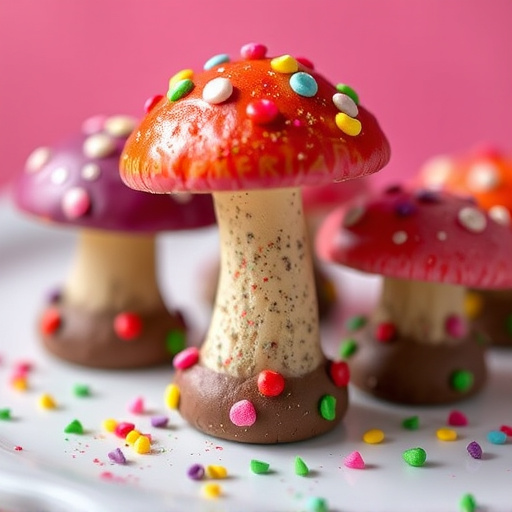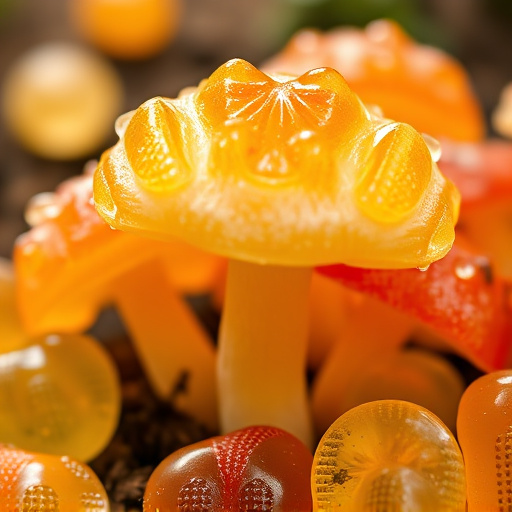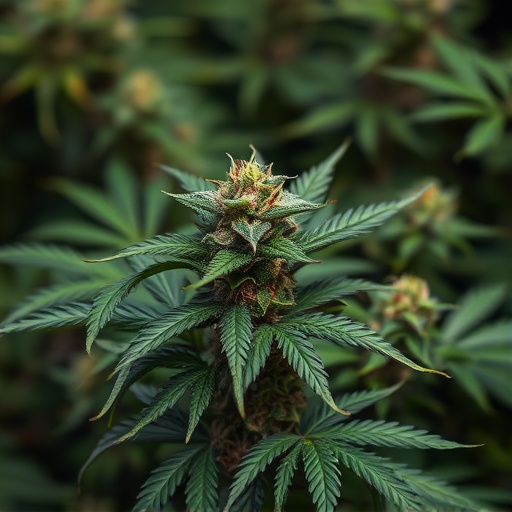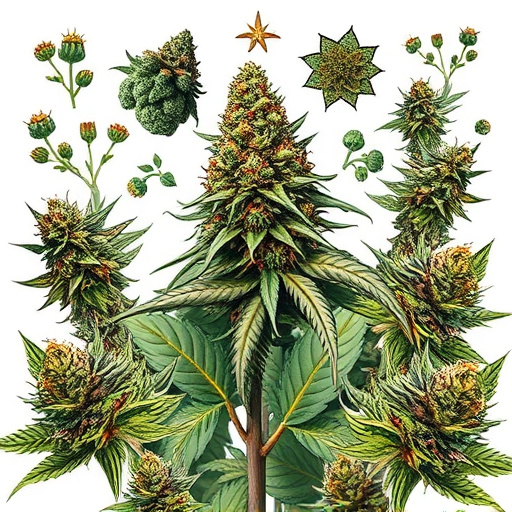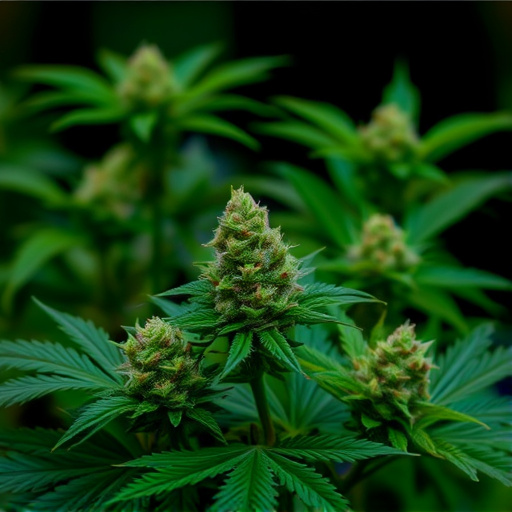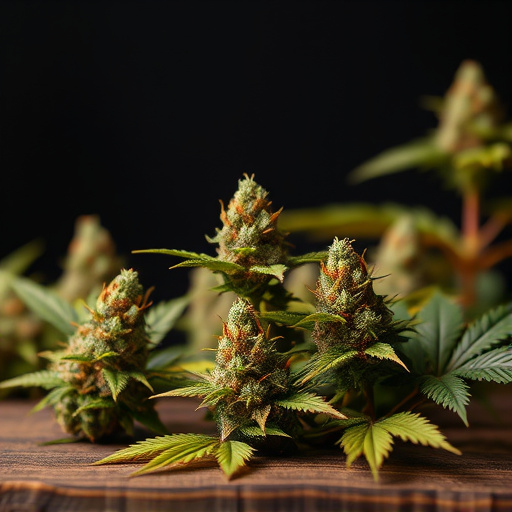Cannabis cultivation has evolved with flexible options in controlled indoor or outdoor settings, each impacting product quality uniquely. Indoor growing offers precise control for consistent high-quality results, while outdoor cultivation leverages natural sunlight for unique terpene profiles and higher cannabinoid concentrations, often sought after for anxiety weed strains. Indoor farming optimizes conditions, faster flowering, and higher yields, but requires significant upfront investment and maintenance; outdoor cultivation fosters robust growth, enhanced flavor, and cost-effectiveness, facing challenges from pests, diseases, weather, and legal restrictions.
“Uncover the distinct world of cannabis flowers grown indoors and outdoors, where the environment plays a pivotal role in shaping each plant’s unique characteristics. This article delves into the intricate differences between these two cultivation methods, focusing on growth environments, floral traits, and their impact on anxiety weed strains.
From vibrant indoor gardens to lush outdoor fields, explore how these settings influence the final product, offering insights for cultivators and enthusiasts alike seeking the perfect cannabis experience.”
- Growth Environments: Indoor vs Outdoor
- – Comparison of growth conditions
- – Benefits and drawbacks of each setting
Growth Environments: Indoor vs Outdoor

Cannabis cultivation has evolved significantly, offering growers diverse options for nurturing their plants, whether in controlled indoor environments or outdoors in natural settings. The choice between indoor and outdoor growing largely depends on various factors, including climate, available space, and desired plant characteristics. For those seeking specific effects, like anxiety weed strains known for their calming properties, the growth environment can play a pivotal role in shaping the final product.
Indoor cultivation provides growers with precise control over environmental conditions, allowing them to optimize light intensity, temperature, humidity, and nutrient delivery. This controlled setting is ideal for cultivating high-quality cannabis with consistent traits. On the other hand, outdoor growing relies on natural sunlight, offering a more organic approach. Farmers can select suitable strains for their region, taking advantage of the Earth’s natural rhythms, which may result in unique terpene profiles and higher cannabinoid concentrations, often sought after by enthusiasts, including those looking for specific anxiety-relieving effects.
– Comparison of growth conditions
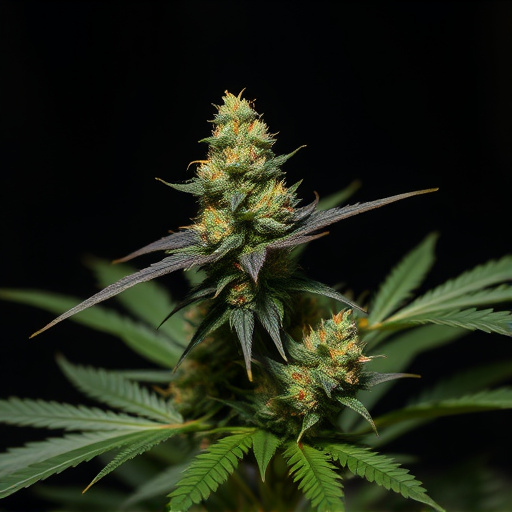
The cultivation environment plays a pivotal role in shaping the final characteristics of cannabis flowers, leading to distinct differences between indoor and outdoor-grown plants. One of the most notable contrasts lies in the growth conditions they experience. Indoor cannabis farms offer precise control over various factors such as temperature, humidity, lighting, and nutrient delivery. This controlled environment allows growers to optimize conditions tailored to specific strain requirements, often resulting in faster flowering times and higher yields. On the other hand, outdoor cultivation relies on natural sunlight, which varies seasonally and geographically.
While outdoor cannabis plants benefit from the sun’s full spectrum of light, they are more susceptible to environmental fluctuations. This unpredictability can lead to longer growing seasons and variable yields. Outdoor strains often develop robust, dense structures with lower concentrations of certain cannabinoids, including those sought after for anxiety weed strains, which have gained popularity among medical users. The contrast in growth conditions ultimately contributes to the unique sensory profiles and medicinal properties associated with indoor and outdoor cannabis flowers.
– Benefits and drawbacks of each setting
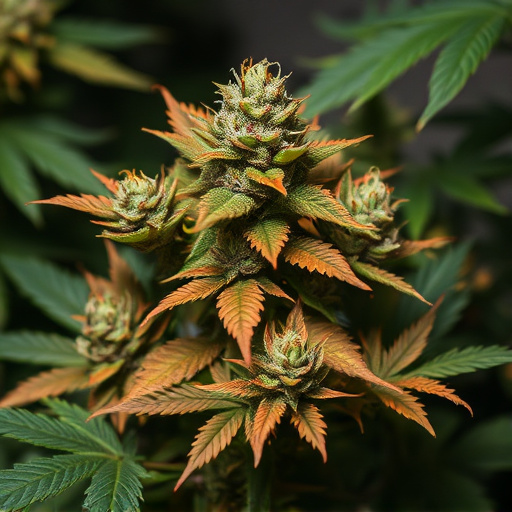
Indoor Cannabis Flower:
Growing cannabis indoors offers a controlled environment, allowing for precise temperature, humidity, and light adjustments. This setting is particularly appealing to cultivators aiming to produce high-quality, consistent yields with specific traits in mind, including anxiety weed strains known for their soothing properties. However, indoor farming requires significant investment in equipment like lights, fans, and climate control systems. It also demands continuous monitoring and maintenance, which can be time-consuming.
Outdoor Cannabis Flower:
Natural sunlight, fresh air, and outdoor conditions promote robust, natural growth. Outdoor cultivation is generally more cost-effective as it leverages the environment’s resources. It’s ideal for cultivating cannabis strains that thrive in such settings, enhancing their flavor and aroma profiles. However, outdoor plants are more susceptible to pests, diseases, unpredictable weather patterns, and potential legal issues depending on local regulations. Nonetheless, many find the natural process and potential for diverse terpene production make outdoor cultivation a preferred choice.
Whether you prefer indoor or outdoor cannabis cultivation, each method offers unique advantages. For those seeking specific characteristics like heightened THC levels for managing anxiety, indoor growing provides control over environmental factors, allowing growers to optimize conditions. Conversely, outdoor growing offers natural sunlight and fresh air, often resulting in robust plants with distinct flavors. Ultimately, the choice between indoor and outdoor cannabis flower depends on personal preference, desired traits, and available resources.
